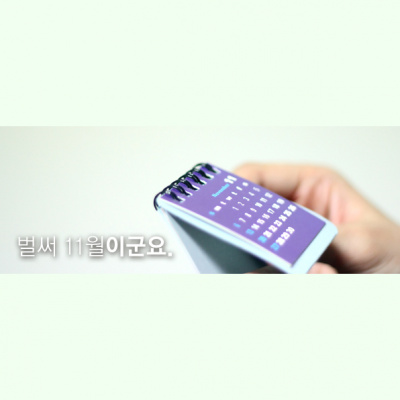Talk To Me In Korean
TTMIK Level 7 Lesson 1
- Autor: Vários
- Narrador: Vários
- Editor: Podcast
- Duración: 0:14:24
- Mas informaciones
Informações:
Sinopsis
In this lesson, we are looking at the sentence ending -(는)구나 and -(는)군요. -(는)구나 is used in 반말 (casual, informal language) and -(는)군요 is only used in 존댓말 (polite, formal language). When are they used?You use -(는)구나 and -(는)군요 when you just realized or found out about something for the first time, mainly to express your realization. You can sometimes use them to show that you are surprised, but this depends on the intonation of your sentence. Let's compare some sentences using the -(는)구나 or -(는)군요 ending with some plain sentences.1. 여기 있었어요. [yeo-gi i-sseo-sseo-yo.] = It was here.(존댓말) 여기 있었군요. [yeo-gi i-sseot-gun-yo.] = (I see that) it was here.(반말) 여기 있었구나. [yeo-gi i-sseot-gu-na.] (same meaning as above)2. 생각보다 비싸요. [saeng-gak-bo-da bi-ssa-yo.] = It's more expensive than I thought.(존댓말) 생각보다 비싸군요. [saeng-gak-bo-da bi-ssa-gun-yo.] = (I see that) it is more expensive than I thought.(반말) 생각보다 비싸구나. [saeng-gak-bo-da bi-ssa-gu-na.] (save meaning as above)3. 여기 살아요. [yeo-gi sa-ra-yo.] = I live here. She lives here



